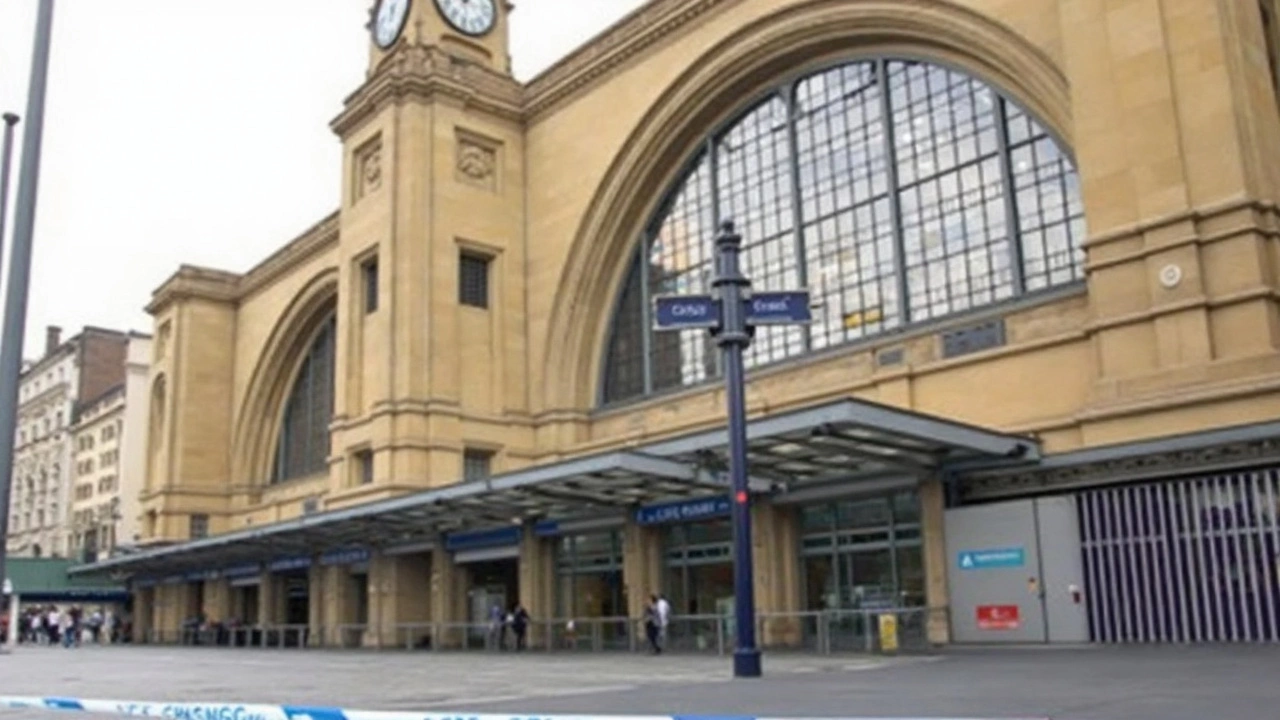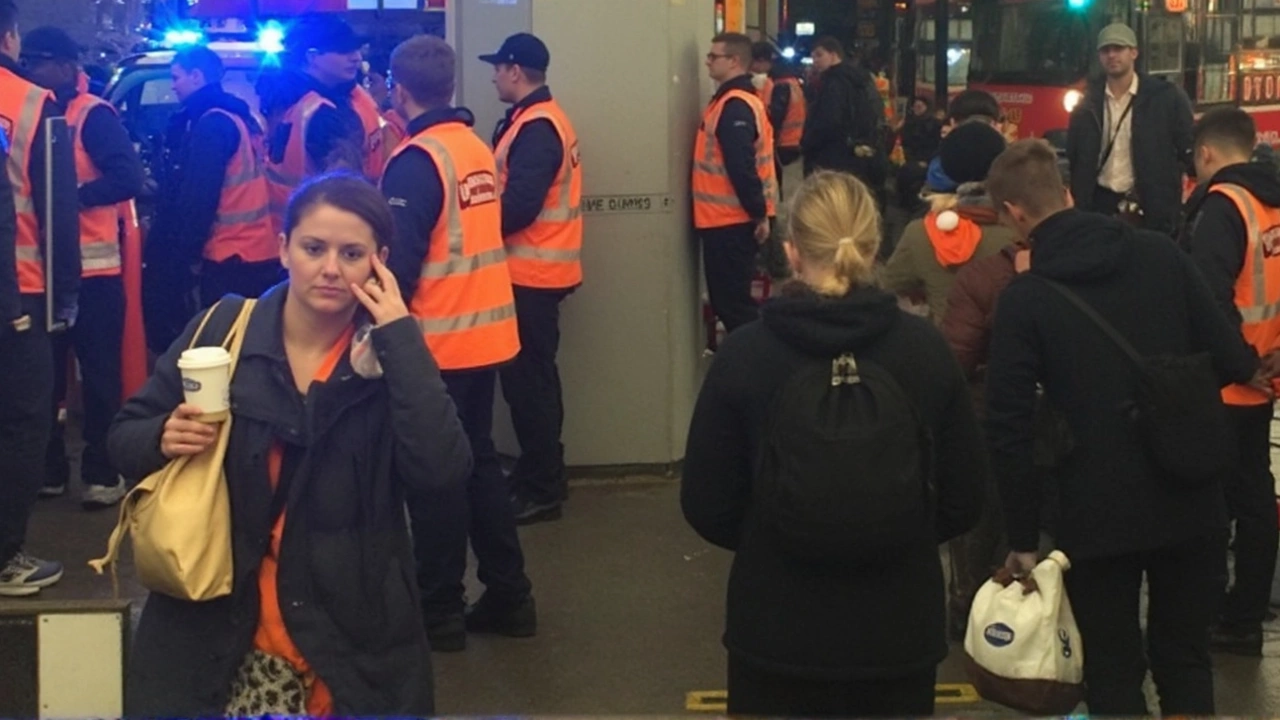Tragedy at Stratford: Elderly Man Fatally Struck by Four Trains
It’s impossible not to feel the cold, hard reality behind the numbers when you hear about what happened to Brian Mitchell at Stratford station just after Christmas last year. On December 26, 2023, a day when most people were shaking off holiday leftovers, a 72-year-old man lost his life in a sequence of events that exposes serious safety concerns in the London Underground.
Here’s how it unfolded. Mitchell was traveling alone—he got off a Jubilee line train around 1:57 pm and sat down for a while. For close to an hour, the quiet platform kept him company. Then, after almost 50 minutes, he stood up, stumbled, and fell straight onto the tracks. What happened next is something no family would want to imagine. No staff were around, no passengers were close by, and for a full five minutes, nobody noticed Mitchell lying on the rails.
The real gut punch? In that short window, four separate trains entered the terminal platform, each running its routine, each somehow failing to stop in time. The first one ran in automatic mode, which meant the driver’s main job was to supervise, not act as the main safeguard. Investigators later found the operator was probably distracted—there was even another operator on the platform, potentially adding to the confusion.

When Tech and Routine Let Us Down
This wasn’t simply a case of bad luck. The Rail Accident Investigation Branch (RAIB) report pointed to some tough truths about how we run things underground. Modern trains on the Jubilee line can operate in automatic mode — think autopilot, but for the Tube. While that’s good for keeping things on schedule, it can quietly dull an operator’s attention. If something unusual happens, like a person on the tracks, the system relies heavily on a human’s quick reaction.
But with distractions and the comfort of automation, those vital seconds slipped away. The first driver likely wasn't laser-focused—he may have assumed the platform was clear, especially during a lull when the place was nearly empty. One overlooked detail snowballed into disaster as train after train entered the terminal, leaving no chance for intervention.
It wasn’t just machines at fault. The lack of staff and absence of nearby passengers stripped away any real-time safety net. When people fall onto the tracks, quick action—hitting the emergency stop, triggering alerts—can make all the difference. At Stratford that afternoon, there was simply nobody in position to help.
After the accident, questions started swirling about the safety measures in place at busy stations like Stratford. Are automated systems making operators too complacent? Is enough being done to make sure someone’s always keeping a sharp lookout, especially when platforms are quiet? And what about physical barriers or more fail-safe detection systems to protect vulnerable passengers?
- The chain of events shows how a single missed moment can lead to tragedy when technology is trusted more than human vigilance.
- The lack of staff presence during less crowded times leaves serious gaps, especially for those who might need help the most.
- Rail safety experts are now scrutinizing current procedures to figure out how to keep accidents like this from happening again.
For many Londoners, stories like Brian Mitchell’s cut through the buzz of city life, serving as a stark reminder that even the world’s busiest transport networks are only as safe as the people—and systems—watching over them.
